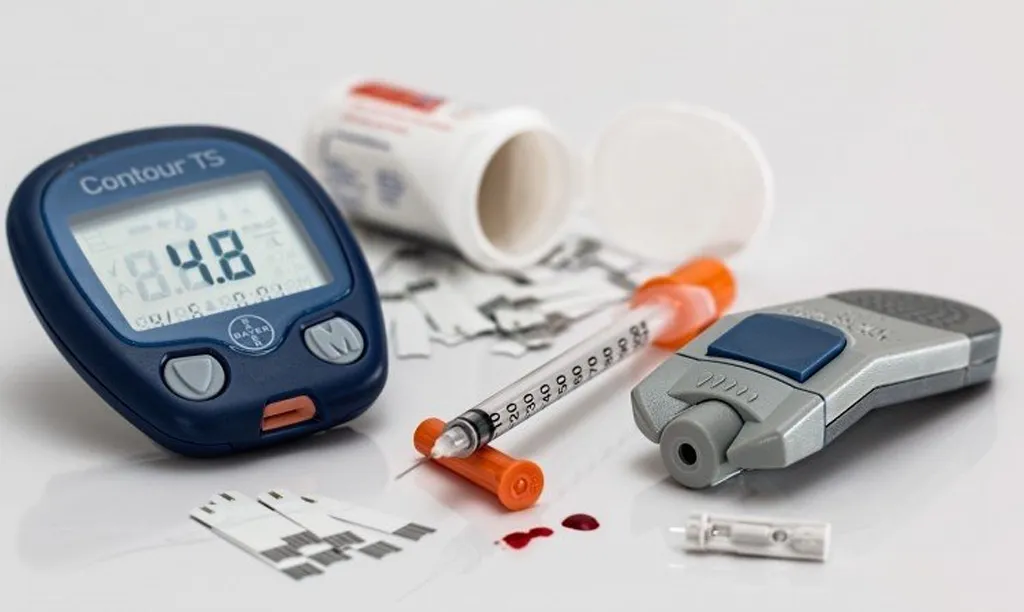The Medical Devices Regulation (MDR) (EU 2017/745) sets stringent requirements for clinical evaluation reports (CERs) for medical devices marketed in the European Union (EU). This case study explores the process of writing a TEH (Technical Evaluation Handbook) compliant CER for a new blood glucose monitoring system (BGMS) developed by GlucoTech Inc., ensuring adherence to current MDR regulations.
GlucoTech’s BGMS
GlucoTech has developed a novel BGMS featuring a painless finger prick technology and real-time data transmission to a mobile app. To obtain CE marking and market the device in the EU, GlucoTech needs a MDR-compliant CER.
Challenges of TEH CER Writing for BGMS
- Equivalence vs. New Device: Determining if the BGMS can demonstrate equivalence to an existing device with established clinical data or if new clinical data is needed [1].
- State-of-the-Art Analysis: Thoroughly evaluating existing scientific literature on BGMS technology and identifying relevant clinical endpoints for the CER [2].
- Clinical Investigation (CI) Design: Designing a CI plan that aligns with the MDR requirements for the chosen risk class of the BGMS [3].
- Risk Management Integration: Integrating the risk management plan with the CER to demonstrate how identified risks are mitigated through the device design and clinical evaluation process [4].
Strategies for MDR-compliant CER Writing
- Early Collaboration with Notified Body: Engaging with a notified body early on can provide valuable guidance on TEH requirements and expectations for the CER [5].
- Detailed Literature Review: Conducting a comprehensive search for relevant clinical data on existing BGMS technologies, including peer-reviewed publications and clinical trial registries [6].
- Risk-Based Approach: Tailoring the CER content and CI design to the specific risks associated with the BGMS, as outlined in the MDR [7].
- Transparency and Traceability: Clearly documenting the rationale behind all decisions made during the clinical evaluation process, ensuring traceability and auditability [8].
Benefits of MDR-compliant CER
- Market Access: A well-written, MDR-compliant CER paves the way for a smooth CE marking process and market access for GlucoTech’s BGMS in the EU [9].
- Patient Safety: The focus on risk management ensures the CER identifies and addresses potential safety concerns associated with the device [4].
- Robust Clinical Evidence: A thorough CER demonstrates the clinical benefit-risk profile of the BGMS based on sound scientific evidence [10].
Conclusion
Writing a TEH CER for a BGMS requires a deep understanding of MDR regulations and TEH guidance. By collaborating with a notified body, conducting a comprehensive literature review, and employing a risk-based approach, GlucoTech Inc. can create an MDR-compliant CER that ensures patient safety, robust clinical evidence, and ultimately, market access for their innovative blood glucose monitoring system.
